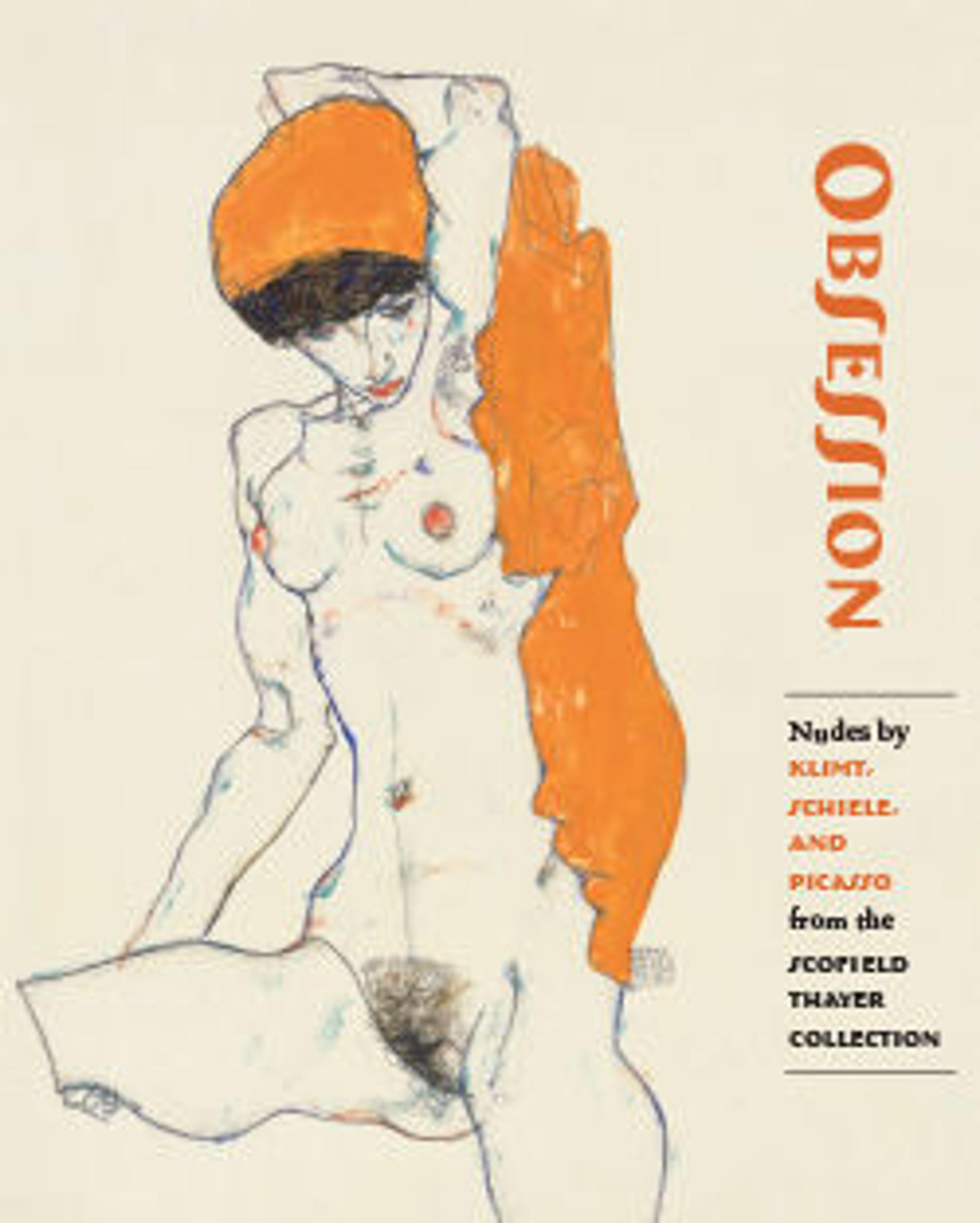After Sir Christopher Wren
Scofield Thayer, the donor of this work, was not only an avid collector of modern art between 1919 and 1924, but he was also the editor and co-owner of the literary magazine, the Dial, which published the most avant-garde writers and artists of the day. He purchased this picture in 1921 after corresponding with Demuth, who wrote back: "If you feel sure that money and a canvas of mine can 'talk' (I myself have found them so unrelated), at the same pitch, -- well then dear Mr. Thayer, I don't see the way out, and accept your, was it, 'outrageous proposal'." Pictured in the center of this composition is the steeple of the old Center Methodist Episcopal Church in Provincetown, Massachusetts (now the Provincetown Public Library). Demuth's Precisionist use of ruled lines, geometric forms, and crossing beams of light, is typical of his architectural paintings and drawings from the 1920s, which more frequently depicted views of the houses, churches, and factories around his hometown of Lancaster, Pennsylvania.
Artwork Details
- Title: After Sir Christopher Wren
- Artist: Charles Demuth (American, Lancaster, Pennsylvania 1883–1935 Lancaster, Pennsylvania)
- Date: 1920
- Medium: Opaque watercolor and graphite on board
- Dimensions: 23 7/8 × 19 15/16 in. (60.7 × 50.6 cm)
- Classification: Drawings
- Credit Line: Bequest of Scofield Thayer, 1982
- Object Number: 1984.433.156
- Curatorial Department: Modern and Contemporary Art
More Artwork
Research Resources
The Met provides unparalleled resources for research and welcomes an international community of students and scholars. The Met's Open Access API is where creators and researchers can connect to the The Met collection. Open Access data and public domain images are available for unrestricted commercial and noncommercial use without permission or fee.
To request images under copyright and other restrictions, please use this Image Request form.
Feedback
We continue to research and examine historical and cultural context for objects in The Met collection. If you have comments or questions about this object record, please contact us using the form below. The Museum looks forward to receiving your comments.
